I have removed and reduced many-a-lawn now for clients that are ready to embrace a water-wise garden.
But with so many questions about what to do with lawns, I was glad to find one person to sum it up so nicely.
I recently had the privilege of hearing Sherri Osaka, of Sustainable Landscape Designs, speak on the benefits of Greywater systems. Sherri Osaka has degrees in landscape architecture and engineering, which make her uniquely suited to design and teach sustainable systems.
Ms. Osaka is a life-long organic gardener and a member of the American Society of Landscape Architects (ASLA); the Sierra Club; the California Native Plant Society; and Architects, Designers, and Planners for Social Responsibility (ADPSR). Here’s what Sherri had to share about sustainable lawn tips:
I was walking early one morning watching all my neighbor’s sprinkler systems running on their lawns—some of it going into the stormdrains which troubles me. I am a confirmed native plant advocate, but not opposed to lawn in certain circumstances. So here are my dos and don’ts for lawns:
Dos
· Do plant lawn for a play surface. It’s the best play surface you can buy–great for kids, games, sitting on, picnics, walking on, etc.
· Do plant the minimum size that you’ll need and no larger.
· Do select either the front or back yard, whichever is sunniest, and have ONE lawn in the yard for play, that’s it. Very few households need more than one lawn
· Do select a drought-tolerant grass, such as a dwarf fescue and don’t be afraid to over seed with clover which will fix nitrogen from the air
· Do irrigate with subsurface drip irrigation – it is almost twice as efficient as spray irrigation
· Do use a reel mower or electric mower, instead of a gas powered one.
· Do grass cycle – this adds up to one pound of nitrogen per year, allowing you to reduce the amount of fertilizer you add (usually about four pounds of fertilizer a year)
· Do add corn meal gluten as a natural pre-emergent in the early spring to prevent crab grass and to add even more nitrogen.
Don’ts
· Don’t plant lawn in parking strips –it’s just too darn hard to irrigate without run off unless you’re doing subsurface irrigation. And then again, who wants to play a game in a parking strip. Just don’t do it!
· Don’t plan lawn just to look at it. If you are not going to play on it, there are many other alternatives that can provide a low, green area at far less maintenance cost.
· Don’t plant lawn under trees
o Lawn never does really well in the shade of a tree
o Since you are irrigating the lawn shallowly, the tree roots stay at the surface and they become hard to mow around
o As the tree roots get bigger, they impinge on the irrigation lines, cracking them, shifting the spray heads, making it hard to irrigate.
· Don’t plant lawn right next to paved surfaces where overspray can become runoff. Instead surround it with other plantings that will absorb this water.
- Don’t use petroleum-based, chemical fertilizers, only organic fertilizers. See “The Organic Lawn Care Manual” by Paul Tukey for more info.

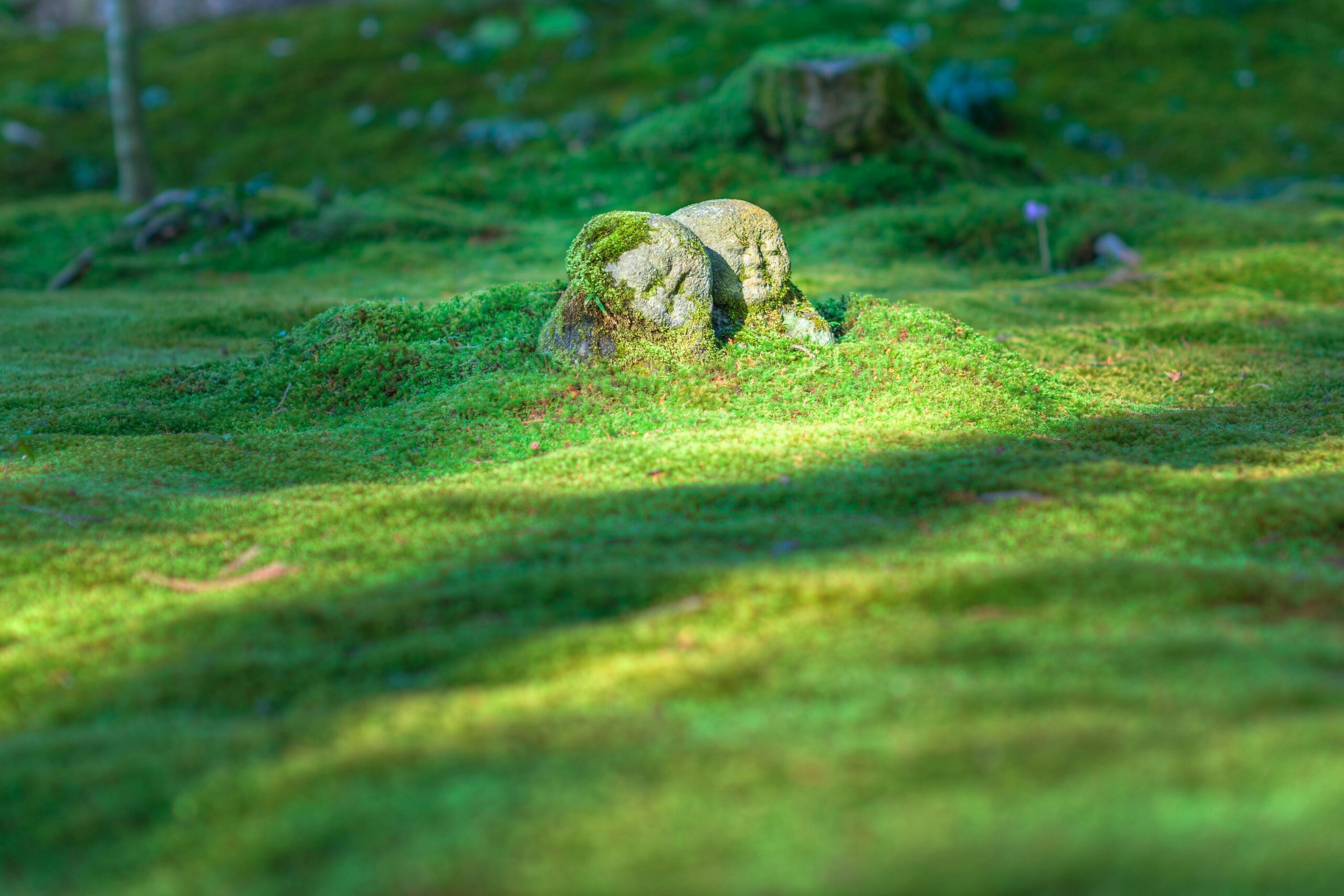
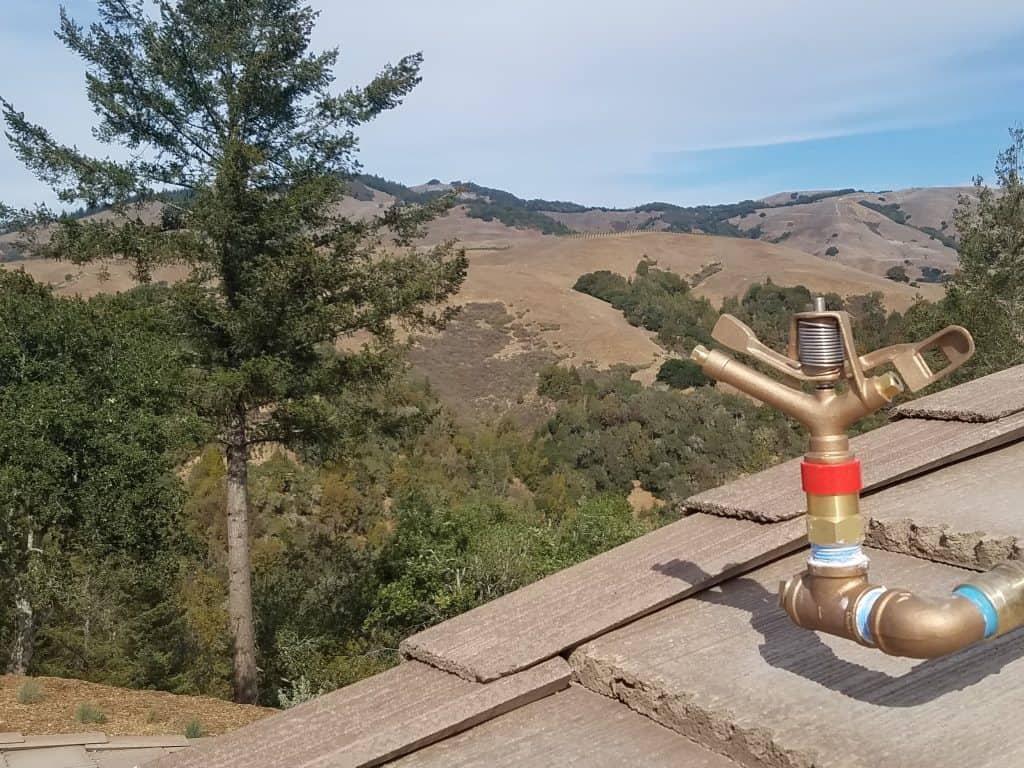
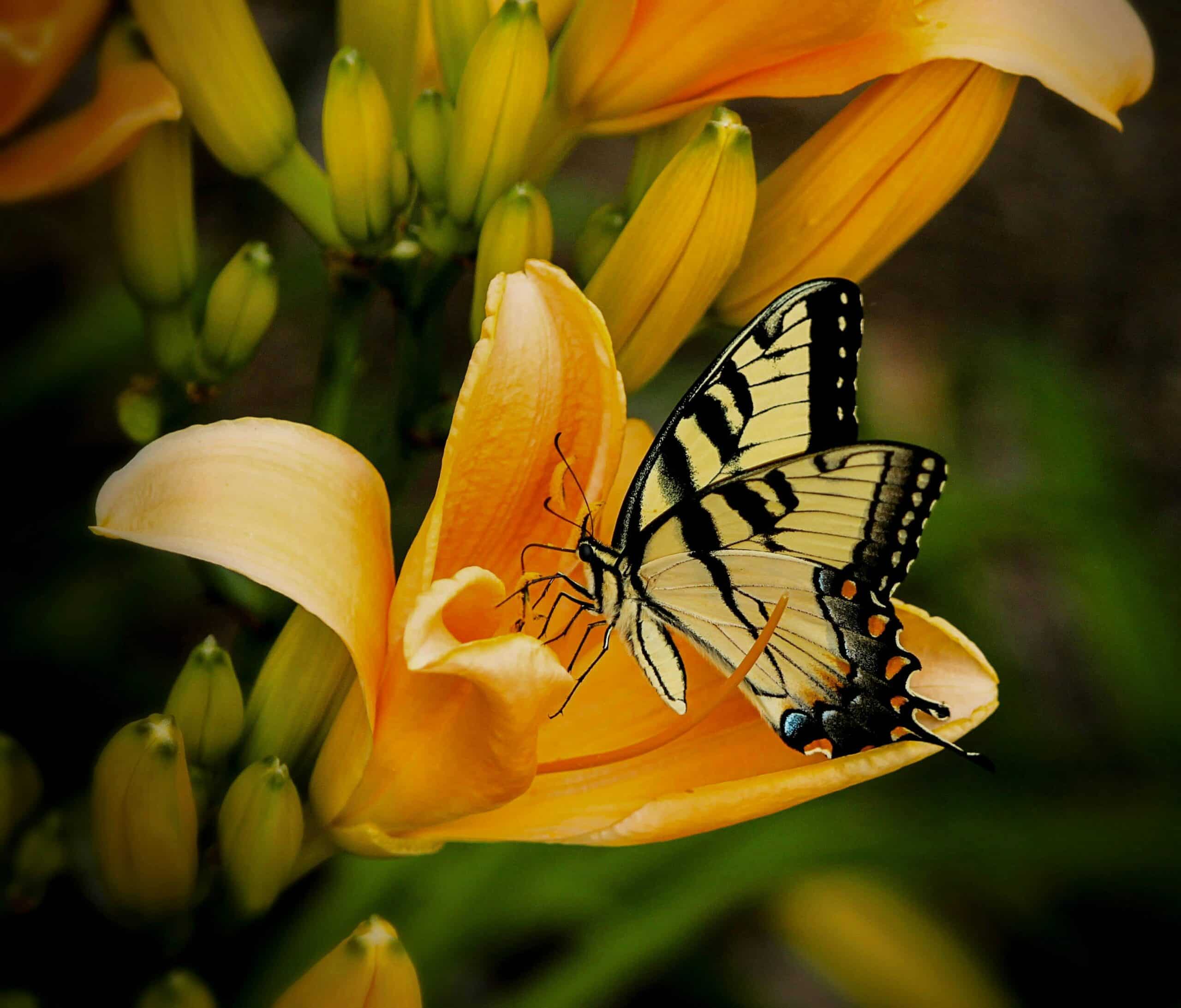
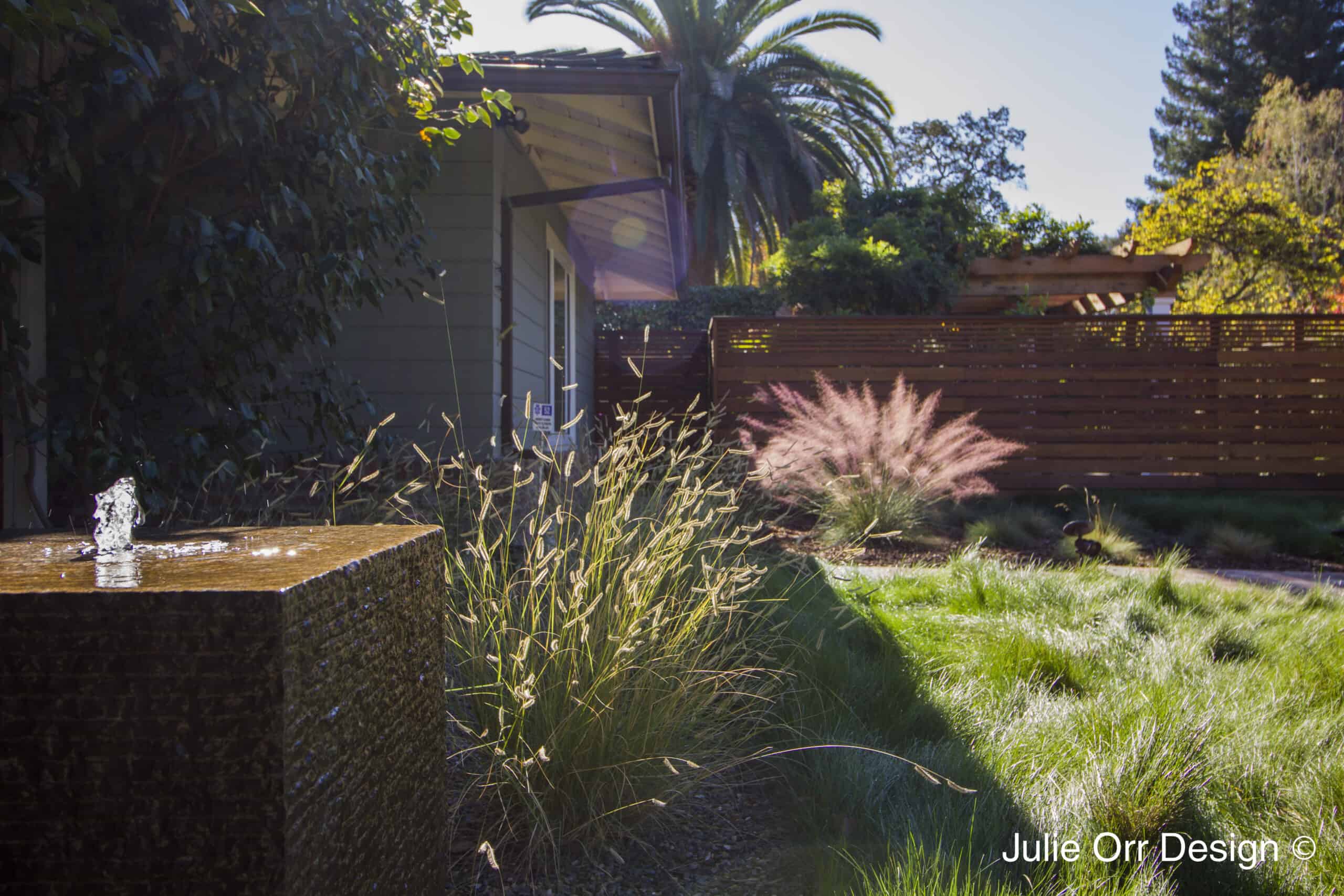
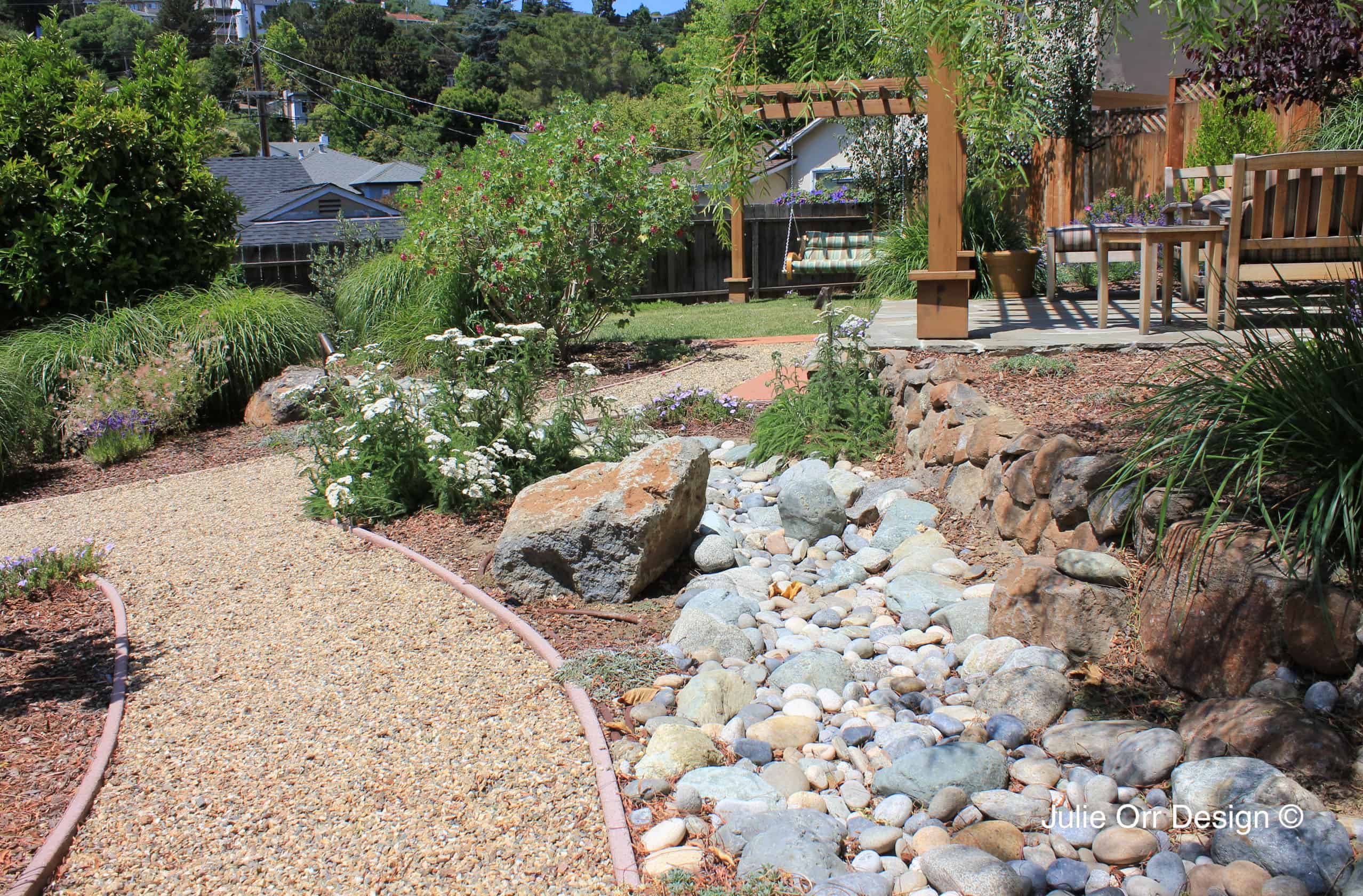
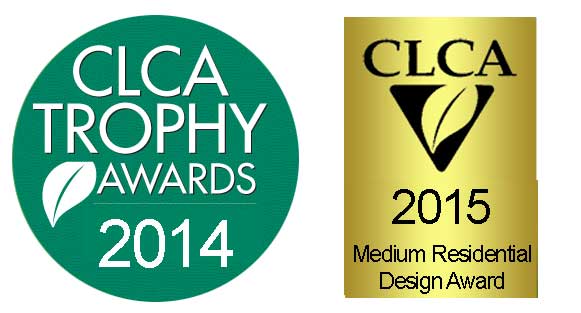

Leave A Comment